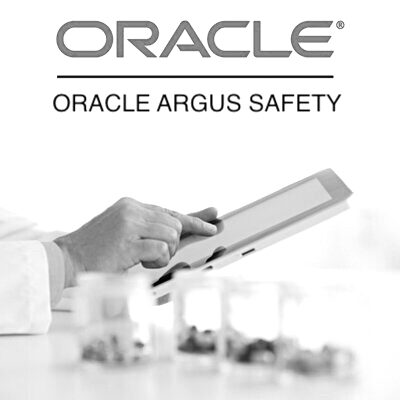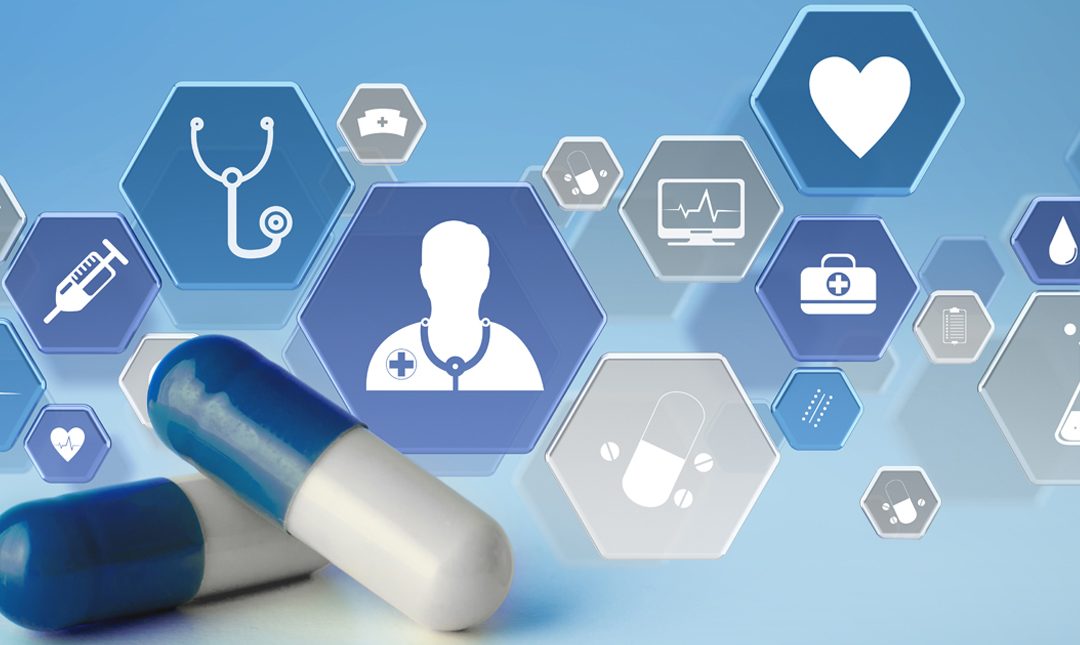In this post we shall discuss the Overview of Pharmacovigilance. This should help you understand the key terminologies associated with this field and provide you the basic knowledge to explore this domain.
So let us start with the Overview of Pharmacovigilance.
Table of Contents
- Definition of Pharmacovigilance
- Why Pharmacovigilance?
- Importance of Drug Safety Information
- Definition of an Adverse Drug Reactions (ADR)
- Definition of an Adverse Event (AE)
- Relationship between AE and ADR?
- Expectedness of an Adverse Event
- Classification of Adverse Events
- Epidemiology of ADRs
- Classification of Adverse Drug Reactions (ADR’s)
- Definition of a Serious Adverse Event (SAE)
- You may be interested in…
- Oracle Argus Safety Essentials
- Oracle Argus Safety Essentials + Console
- Oracle Argus Safety – Live Online
- Oracle Argus Safety + Console – Live Online
- Oracle Empirica Signal
- Oracle Empirica Signal – Live Online
- Diploma in Pharmacovigilance
- Argus Safety – Business Configuration and Administration
Definition of Pharmacovigilance
Pharmacovigilance is defined as “All post-approval scientific and data gathering activities relating to the detection, assessment, understanding and prevention of adverse effects or any other product related problems”.
It can also be defined as “Systems and arrangements designed to detect and quantify adverse drug reactions after a medicine has been marketed, to inform prescribers and patients of possible risks“.
Health-Canada defined Pharmacovigilance as ” A clinical science whose objectives are the surveillance, evaluation and signalling of the undesirable effects of pharmaceutical products used for medical therapy and whose major sources of new information are spontaneous notification and reporting of such effects. Pharmacovigilance also includes the diffusion of this information and the regulatory measures taken to prevent future adverse drug reactions, to ensure safer use of drug products as well as the improvement in the risk:benefit ratio.”
It is the detection in the community of drug effects, usually adverse.
Pharmacovigilance may be passive (in the collection of spontaneous reports) or active (structured) where patients and prescribers are recruited and surveyed.
Vigilance = to watch
– alert watchfullness
– forbearance of sleep; wakefulness
– watchfulness in respect of danger; care; caution; circumspection
– the process of paying close and continuous attention
Why Pharmacovigilance?
In clinical trials the drugs are being tested under vigilant criteria, with selected number of patients. The scenario is completely different from the real world where drug may behave differently in complicated disease conditions in poly-pharmacy kind of administration. Hence there is now potent need to study drug profile under such circumstances.
Also information often collected are incomplete or not available on:
- Rare but serious reactions
- Use of vulnerable groups (pregnancy, children, elderly)
- Risks of long term repeated use, interactions
Following are the aims of Pharmacovigilance:
- Early detection of unknown safety problems
- Detection of increases in frequency
- Identification of risk factors
- Quantifying risks
- Preventing patients from being affected unnecessarily
- Improve patient care and safety in relation to the use of medicines
- Improve public health and safety in relation to the use of medicines
- Contribute to assessment of benefit, harm, effectiveness and risk of medicines encouraging their safe, rational and more effective use.
- Promote understanding, education and clinical training in pharmacovigilance and its effective communication to public
There are differences amongst countries in the occurrence of Adverse Drug Reactions (ADRs) and other drug-related problems. This may be due to differences in disease and prescribing practices, genetics, diet, traditions of the people, drug manufacturing processes used which influence pharmaceutical quality and composition, drug distribution and use of indications, dose and availability.
The use of traditional and complimentary drugs (herbal remedies), may also pose specific toxicological problems, when used alone or in combination with other drugs. Therefore pharmacovigilance is needed for detecting ADRs and specifically to combat counterfeit and substandard quality products. Adverse drug reaction monitoring ensures that patients obtain safety and efficacious products.
Importance of Drug Safety Information
As new safety information becomes available, these safety issues may have an impact on:
- Study subjects are site
- All subjects in the trial
- Future recipients of the products
This may lead to:
- Amendments to the Protocol
- The trial may be stopped
- The risk /benefit profile may be reassessed
- Dosing and indication may be altered
- The products development may be reassessed.
Definition of an Adverse Drug Reactions (ADR)
World Health Organisation(WHO) defines Adverse Drug Reaction as:
“Response to a drug that is noxious and unintended and that occurs at doses used in humans for prophylaxis, or therapy of disease or for the modification of physiologic function”
International Conference of Harmonisation – Good Clinical Practices (ICH-GCP) defined ADR as follows:
“In a pre-approval clinical experience with a new medicinal product or its new usage particularly as therapeutic dose(s) may not be established: all noxious, unintended responses to a medicinal product related to any dose should be considered adverse drug reactions. The phrase ‘responses to a medicinal product’ means that a causal relationship between a medicinal product an an adverse event is at least a reasonable possibility, i.e., the relationship cannot be ruled out.”
ADR does not include therapeutic failures, overdose, drug abuse, non-compliance, and medication errors.
Definition of an Adverse Event (AE)
The following is the definition of an AE given by the ICH-GCP:
“Any untoward medical occurrence in a patient or clinical investigator subject administered a pharmaceutical product and which does not necessarily have causal relationship with this treatment…any unfavourable and unintended sign (including an abnormal laboratory finding), symptom, or disease temporarily associated with the use of a medicinal product, whether or not related to the medicinal product.”
Relationship between AE and ADR?
It can be said:
All Adverse Drug Reactions (ADR) are Adverse Events (AE)….
But not all Adverse Events (AE) are Adverse Drug Reactions (ADR).
The relationship between an AE and ADR can be established with the help of its causal relation.
Hence, an AE should be classified as an ADR if the causal relationship between a medicinal product and the AE cannot be ruled out.
An AE can be classified as :
- Unrelated to the Investigational product
- Possibly related to the Investigational product
- Definitely related to the Investigational product
Expectedness of an Adverse Event
Adverse Events can be termed as Expected AE’s if they have been:
- Reported in previous clinical or preclinical conditions
- Describe in Investigational Brochure (IB)/approved product information
Adverse Events can be termed as Unexpected AE’s if they have:
- Not been previously observed, and
- If they are not consistent with information in Investigational Brochure (IB)/approved product information
Classification of Adverse Events
Adverse Events can be classified in the terms of Severity, Relatedness, Expectedness and Seriousness
In terms of severity, an Adverse Event (AE) can be: Mild, Moderate or Severe
In terms of relatedness to a medicinal product an AE can be: Related or Unrelated
In terms of expectedness an AE can be: Expected or Unexpected
In terms of seriousness an AE can be: Serious or Non-serious
It is important to understand the difference between severity and seriousness. An example that will simplify the differentiation is as below:
A Headache can be Mild, Moderate or Severe, but it is not Serious.
We should also note that is an Adverse Event is considered serious, the event must be reported by the site to the sponsor within 24 hours of the site becoming aware of it.
Epidemiology of ADRs
Prospective research conducted in the United States to determine the significance of ADR’s have revealed the following:
- ADR’s cause substantial mortality and morbidity
- Its estimate of incidence vary with study methods, population and ADR definition.
- ADR’s are the 4th or 6th leading cause of death amongst hospitalized patients
- From all of the ADR’s, 6.7% incidence of serious ADR’s.
- 0.3 to 7% of all hospital admissions are observed with ADR’s
- Annual cost: Billions of dollars
- 30% to 60% ADR’s are preventable
Classification of Adverse Drug Reactions (ADR’s)
Adverse Drug reactions can be classified in different ways:
According to Onset Event
- Acute: within 60 minutes
- Sub-acute: 1 to 24 hours
- Latent > 2 days
According to Severity of reaction
- Mild – bothersome but requires no change in therapy
- Moderate: requires change in therapy, additional treatment, hospitalisation
- Severe- disabling or life-threatening
According to Type
- Type A
- Type B
- Type C
- Type D
Let us look at these in a little more detail.
Type A
It is an extension of Pharmacological effects of medicine, often predictable, and dose dependent, responsible for at least two-thirds of ADRs. e.g., Propanolol and heart block, anti-cholinergics and dry mouth, hepatic failure and high-dose paracetamol, sedation and antihistamines, development of diarrhoea and antibiotic therapy due to altered gastrointestinal bacteria flora, and theophylline toxicity in the presence of erythromycin therapy etc.
Type B
It is idiosyncratic or immunologic reactions rare and unpredictable e.g.,chloramphenicol and aplastic anaemia, tinnitus with the use of Aspirin (intoleration), Anaphylaxis with penicillin administration (Immunological reaction), radio contrast dye reaction (non-immunological reaction) etc.
Type C
It is associated with the long term use of medicines involves dose accumulation, e.g., phenacetin and interstitial nephritis or anti-malarials and ocular toxicity.
Type D
It is seen as delayed effects (dose independent) like carcinogenicity (e.g., immunosuppressants) like teratogenicity (e.g.,fetal hydantoin syndrome)
Definition of a Serious Adverse Event (SAE)
A Serious Adverse Event is any untoward medical occurrence that at any dose:
- results in death
- is life-threatening
- requires in-patient hospitalization or prolongation of existing hospitalization
- results in persistent/significant disability/incapacity
- is a congenital anatomy/birth defect
If any Adverse Event (AE) falls under any of the above criteria, then it is said to be a Serious Adverse Event (SAE).
This completes our Overview of Pharmacovigilance. We hope this gives you flavour the key terminologies in pharmacovigilance and a flavour of this allied science.
For a deep insight into the world of Pharmacovigilance, subscribe to our Pharmacovigilance Knowledgebase
Want to explore a career in Pharmacovigilance? Join our Diploma in Pharmacovigilance program and kick-start a career in Pharmacovigilance and Oracle Argus Safety.
Already completed a program in Pharmacovigilance. Enhance your expertise on the Oracle Argus Safety software by pursuing our Oracle Argus Safety program. You can also subscribe for 24×7 access to the Oracle Argus Safety software for practice.
You may be interested in…
-
 eLearning + software
eLearning + softwareOracle Argus Safety Essentials
$599.00 -
 eLearning + software
eLearning + softwareOracle Argus Safety Essentials + Console
$799.00 -
 Live Online
Live OnlineOracle Argus Safety – Live Online
$999.00 -
 Live Online
Live OnlineOracle Argus Safety + Console – Live Online
$999.00 -
 eLearning + software
eLearning + softwareOracle Empirica Signal
$599.00 -
 Live Online
Live OnlineOracle Empirica Signal – Live Online
$999.00 -
 eLearning + software
eLearning + softwareDiploma in Pharmacovigilance
$799.00 -
 eLearning + software
eLearning + softwareArgus Safety – Business Configuration and Administration
$599.00

